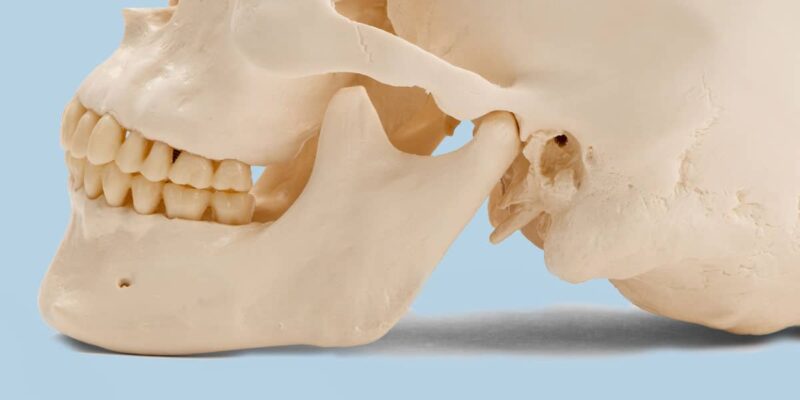A recent randomized controlled trial comparing platelet-rich plasma (PRP) injections with hyaluronic acid (HA) therapy for treating temporomandibular joint osteoarthritis (TMJ-OA) has shown promising results, suggesting that PRP therapy may be a more effective option.
The study, registered under the Chinese Clinical Trial Registry (ChiCTR1900023013), involved 70 patients with TMJ-OA randomly assigned to either the PRP or HA group. Conducted at the Department of Temporomandibular Joint Rehabilitation of the Ninth People’s Hospital, affiliated with the Shanghai Jiao Tong University School of Medicine, the trial adhered to the Declaration of Helsinki on Medical Etiquette and Ethics and followed the CONSORT guidelines.
The patients underwent evaluations at baseline and at 1, 3, and 6 months after treatment initiation, assessing pain intensity, joint range of motion, TMJ sounds, and imaging examinations. The study, supported by grants from the Shanghai Municipal Health Commission and Shanghai Jiao Tong University, ultimately included data from 65 patients who completed the treatment and follow-ups.
Results indicated that both the PRP and HA groups exhibited significant improvements in pain intensity, maximum mouth opening (MMO), TMJ sound, and scale scores over the 6-month follow-up period. However, the PRP group consistently demonstrated superior outcomes in various parameters.
Notably, the PRP group exhibited greater improvements in pain intensity during mouth opening at 1 month, MMO at 1, 3, and 6 months, TMJ sound score at 1 and 3 months, and GAD-7 anxiety score at 6 months compared to the HA group (p < 0.05). Furthermore, imaging improvements in the PRP group surpassed those in the HA group (p < 0.05), suggesting a more pronounced effect on condylar bone repair.
The study demonstrates that PRP injections may offer a more effective and rapid improvement in short-term pain during mouth opening, along with superior long-term effects on MMO and condylar bone repair compared to HA therapy. Additionally, PRP therapy appeared to contribute to anxiety alleviation in patients.
Despite the positive outcomes, the researchers acknowledge the study’s limitations and emphasize the need for further research to validate these findings across a larger and more diverse population. However, based on the current results, the application of PRP therapy in TMJ-OA shows promise and should be considered whenever possible.
The study’s success adds to the growing body of evidence supporting the therapeutic potential of platelet-rich plasma in orthopedic and joint-related conditions, offering hope for improved treatment options for patients with TMJ-OA.
Source: sciencedirect.com




















Comments